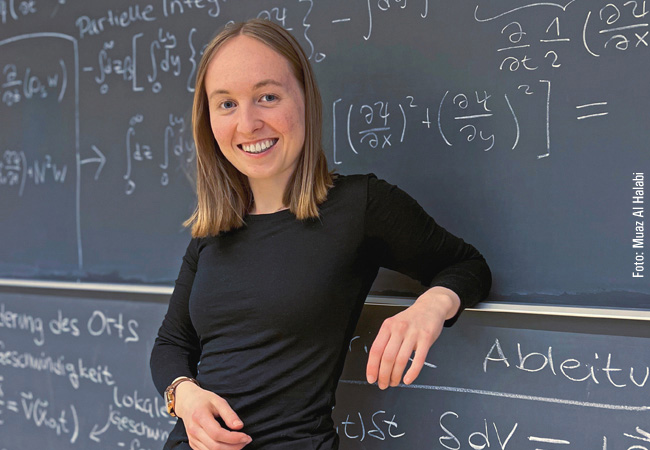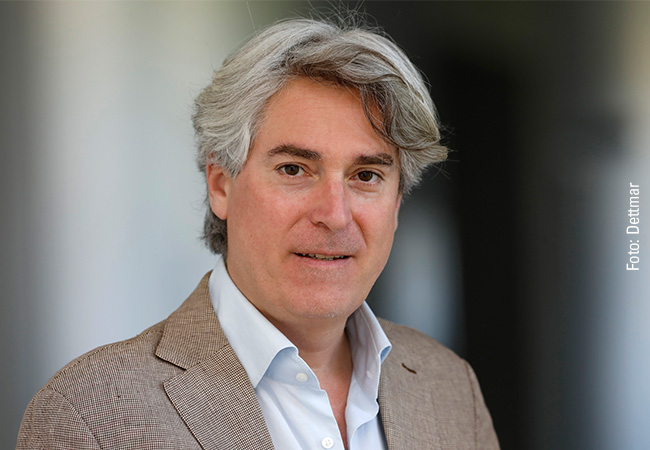Frankfurt Cancer Institute (FCI) hosts specialist lecture at Georg Speyer Haus Institute for Tumor Biology and Experimental Therapy

Microbes make up a large part of our body mass – up to one to two kilograms in the intestine alone. Although we now know quite a bit about the important functions of this “microbiome”, the role these endogenous microbes play in connection with cancer remains poorly understood. Prof. Dr. Michael Scharl from University Hospital Zurich spoke about the connection between the microbiome and tumors in an exciting lecture organized by the Frankfurt Cancer Institute (FCI) at the Georg Speyer Haus Institute for Tumor Biology and Experimental Therapy in early June.
“The microbiome influences both our immune system and our metabolism,” Scharl said, adding that it is therefore not surprising that bacteria also can be found in all cancer tissues and immune cells. Depending on the type of tumor, it is possible to detect certain typical bacterial combinations. Fuso bacterium nucleatum, for instance, is characteristic of colon and rectal tumors. Combined with immune or tumor cells, some bacteria migrate in the bloodstream, and could therefore have an either positive or negative effect during metastasis. Research in this field is still in its infancy.
The question remains: Could the microbiome potentially serve as a therapeutic option? A study published in 2022 shows that bacteria can have a positive effect in melanoma patients: Purified bacteria from the intestinal contents of healthy individuals introduced into the intestines of those with the disease led to a better cancer therapy response in one in three patients. Their microbiome changed significantly, and certain immune cells (CD8 immune cells) entered the tumor. Scharl’s working group recently showed that the stool of cured patients could at least delay progression in two-thirds of severely ill tumor patients.
Using impressive images, Scharl demonstrated that bacteria from the Clostridiales group significantly shrank certain tumors in mice. Interestingly, his team observed the same effect when using only the liquid blood portion (i.e. the serum) of such bacteria-treated mice. It turned out this effect was caused by the bacterial intermediate 3-OH-dodecanoic acid. There are initial indications that 3-OH-dodecanoic acid also has an effect on certain stages of cancer in humans. To follow up on these observations, Scharl’s group is currently planning a Phase I study with Clostridiales bacteria.
Following his lecture, Scharl was only able to respond to many of the audience’s questions with a shrug of the shoulders: “There’s a lot we don’t know yet, all we can do is speculate and continue our research.” This should serve as an incentive for many of the young and interested people in the audience, who also soaked up the inspiring and time-honored atmosphere in the Georg Speyer Haus, where Paul Ehrlich developed Salvarsan, the first drug against syphilis, more than 100 years ago.
Anja Störiko












